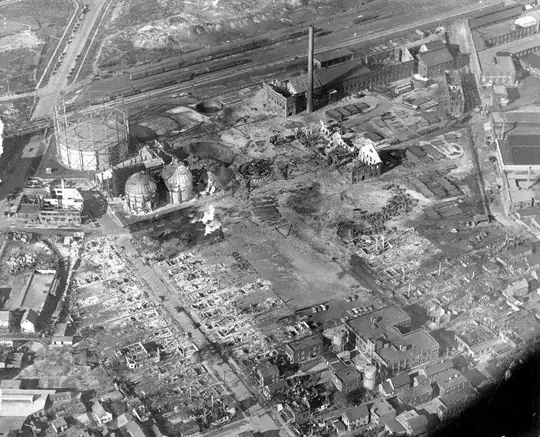Apparently not by number of animals killed either.
The estimate I found for East Palestine is 43,000 animals killed, mostly minnows.
In comparison, the Deepwater Horizon spill killed some "56,000–166,000 small juvenile sea turtles" and smaller number of other animals.
(And yeah, some other press headlines declared DH the "biggest" or "worst" environmental disaster in US history, FWTW. DH also features at #2 (behind the Nevada Test Site) in a certain listicle, but like with many such pieces, there's no clear criteria given for the ranking.)
OTOH, a CNN piece title "The Gulf spill: America's worst environmental disaster?" says:
Disasters are hard to rank and tricky to compare, historians say, but they cite several calamities that rival or surpass the [DH] Gulf oil spill in terms of lives lost or affected.
In 1889, for example, a poorly maintained dam collapsed, sending a wall of water crashing through Johnstown, Pennsylvania. The flood killed over 2,200 people and destroyed 1,600 homes.
Historians also cite what happened in blue-collar community of Love Canal, New York, which was built atop more than 20,000 tons of chemical waste and linked to high rates of cancer and birth defects. Hundreds of families were ultimately forced to flee.
In terms of permanently disrupting a way of life for the largest number of Americans, historians say, nothing compares to the 1930s Dust Bowl, a slow-motion disaster sparked by years of shortsighted farming practices and serious drought. Native grasses across the country's heartland were torn up, leaving little to hold the topsoil in place. When the winds kicked up, dust storms turning the sky black could be seen as far away as New York City. About 2.5 million people fled the Dust Bowl in one of the largest migrations in U.S. history. Families abandoned countless farms. That devastated the region's agriculture economy. [...]
In 1910 and 1911, though, more oil spilled onto land in California as a result of the Lakeview Gusher, the consequence of a 1910 well explosion in California's Central Valley. Nearly 380 million gallons are believed to have spilled over nearly a year and a half. That spill, though, directly affected relatively few people and had "a less complicated ecological impact," [Brian Black, an environmental historian at Penn State] said.
Fewer people may have been affected by Love Canal than by the Gulf spill, but petroleum is "not quite as corruptive as the toxins were at Love Canal," Black said; chemicals and radioactive materials can pose a potentially greater long term risk.
The bottom line: it's tough to rank environmental calamities.
"We can't appreciate the magnitude of (some disasters) until their results and implications have had time to play out," Black said.
